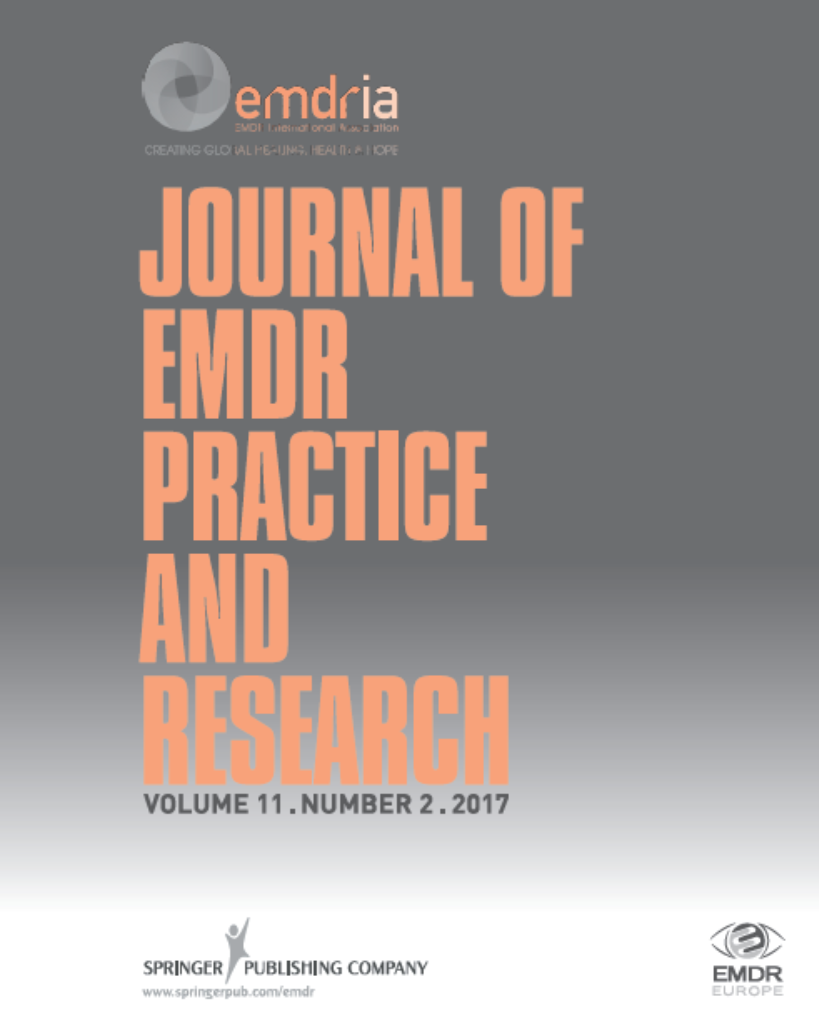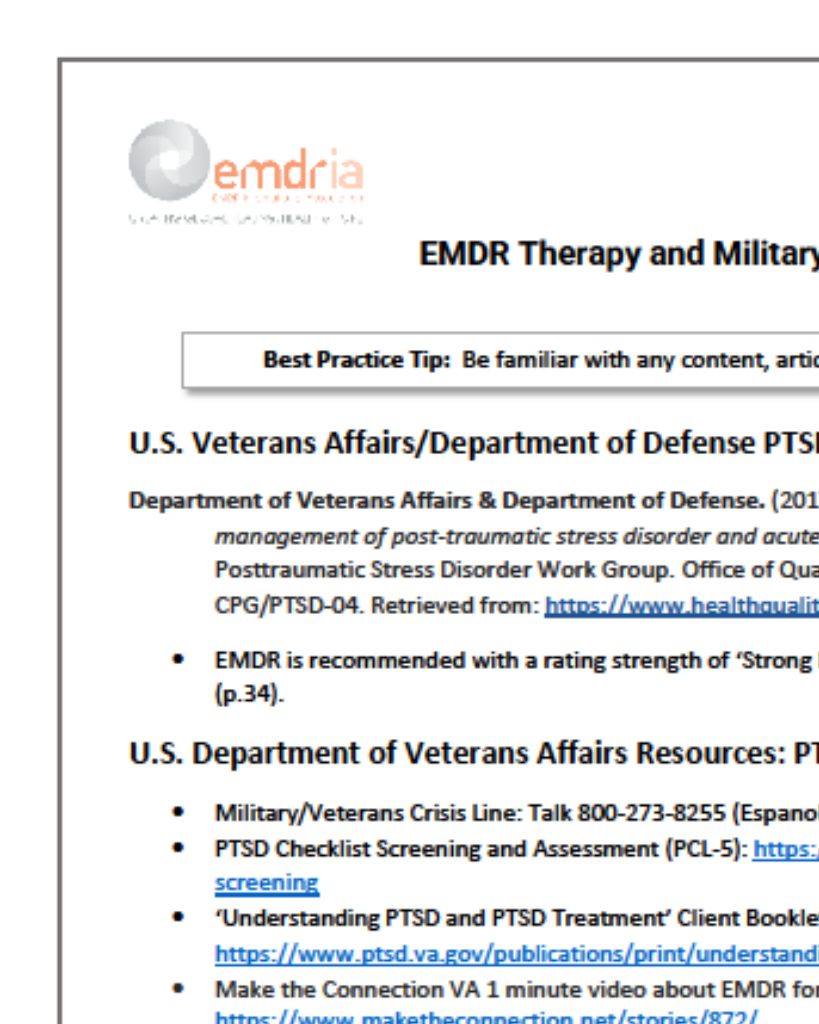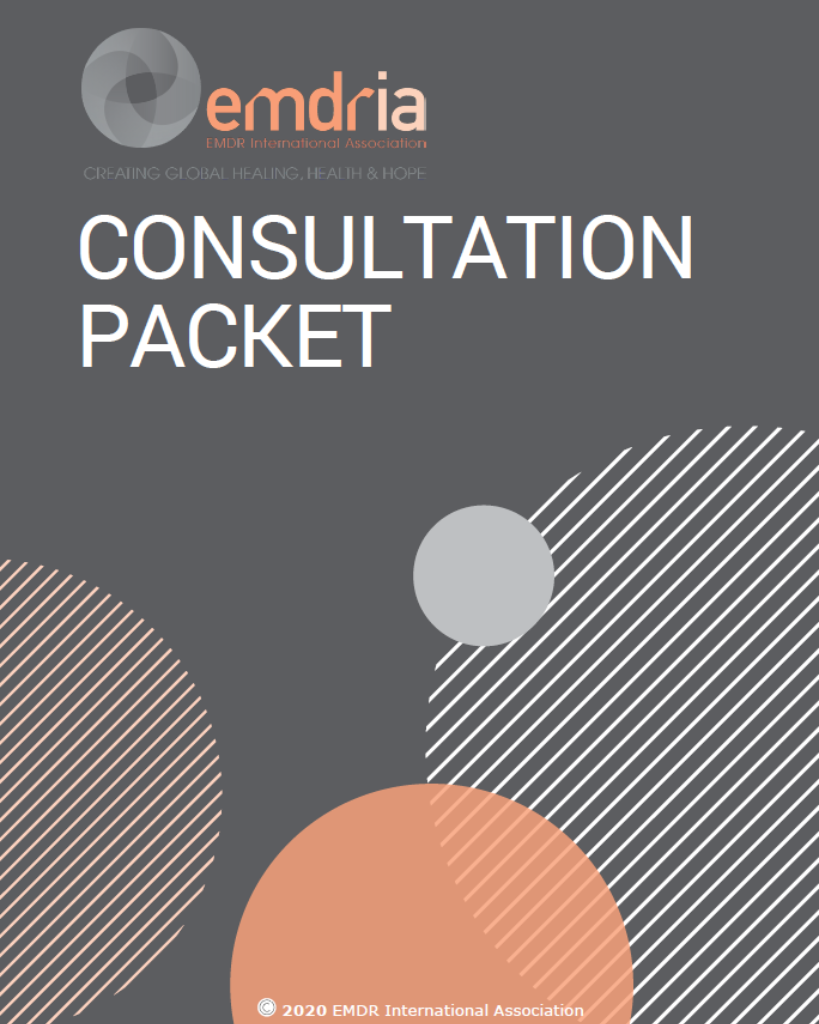Low-Intensity Interventions and EMDR Therapy
Unlike high-intensity treatment with face-to-face contact, clients in low-intensity treatment have limited or no contact with a specialist.
Article Abstract
“Unlike high-intensity treatment, in which clients have face-to-face contact with a mental health specialist, clients in low-intensity treatment have limited or no contact with a specialist. Instead, their treatment is usually provided through self-help procedures, which are delivered via (guided) computer programs, books, or “mHealth” apps. Other treatments sometimes considered low-intensity are brief treatments, group therapy, and interventions delivered by nonspecialists. Advantages include effectiveness, accessibility, efficiency, and affordability. Concerns related to safety, engagement, and adherence to self-help programs may be addressed by (asynchronous) therapist guidance. This article describes low-intensity treatments and their relevance for eye movement desensitization and reprocessing (EMDR) therapy. Hundreds of randomized controlled trials (RCTs) have found self-help interventions to be efficacious, with many producing the same level of results as the traditional face-to-face procedure. Guided self-help cognitive behavioral therapy is recommended for the treatment of posttraumatic stress disorder in the guidelines of both the National Institute for Health and Care Excellence and International Society of Traumatic Stress Studies. Only three self-help-EMDR RCTs have been conducted. This author advocates for reconceptualizing EMDR group therapy as “guided self-help-EMDR therapy,” because it is a highly manualized, heavily scripted treatment in which the client works independently on their own material. In this respect, it offers an excellent template for the future development of efficacious low-intensity EMDR interventions. Developing safe, easy-to-use, affordable, and readily available low-intensity interventions will make effective EMDR treatment available to many millions of people around the world.”
—Description from publisher
Article Access
Maxfield, L. (2021). Low-Intensity Interventions and EMDR Therapy. Journal of EMDR Practice and Research, 15(2), 86–98. https://doi.org/10.1891/EMDR-D-21-00009
About the Journal
The Journal of EMDR Practice and Research is a peer-reviewed publication devoted to integrative, state-of-the-art papers about Eye Movement Desensitization and Reprocessing. It is a broadly conceived interdisciplinary journal that stimulates and communicates research and theory about EMDR, and their application to clinical practice. The Journal of EMDR Practice and Research is the Official Publication of the EMDR International Association.
Date
June 1, 2021
Creator(s)
Louise Maxfield
Practice & Methods
Self-Administered, Telehealth
Extent
13 pages
Publisher
Springer Publishing Company
Rights
Copyright © 2021 EMDR International Association
APA Citation
Maxfield, L. (2021). Low-Intensity Interventions and EMDR Therapy. Journal of EMDR Practice and Research, 15(2), 86–98. https://doi.org/10.1891/EMDR-D-21-00009
Series
15
Installment
2
Audience
EMDR Therapists
Language
English
Content Type
Peer-Reviewed
Original Source
Journal of EMDR Practice and Research
Access Type
Open Access





